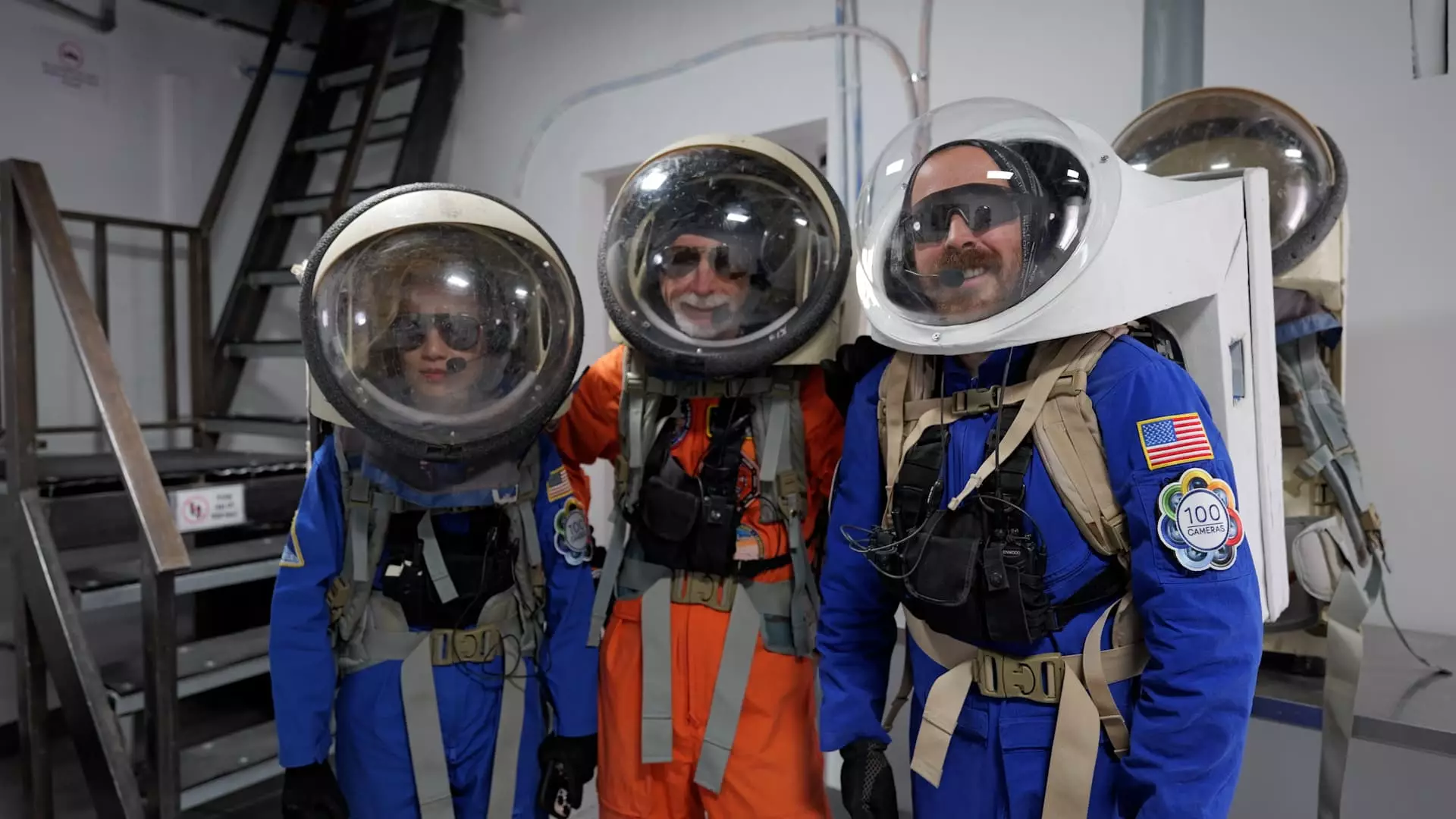The pursuit of Mars colonization is no longer a distant dream but an ambitious goal fueled by technological advancements and relentless human spirit. Central to this journey are simulations like those conducted at the Mars Desert Research Station (MDRS) in Utah, which serve as vital testing grounds for the strategies, protocols, and psychological endurance required for life on the Red Planet. These analog missions are often overlooked but are fundamentally the crucibles where theory is tested against reality. They simulate the harsh terrain, limited resources, and isolation that future settlers will face, offering invaluable insights that cannot be sourced through theoretical models alone. Such environments are meticulously designed to challenge crew members physically, mentally, and emotionally, helping to fine-tune the complex choreography of human survival in extraterrestrial settings.
The Limitations of Our Current Preparations
While the MDRS offers a remarkably realistic environment, it remains an Earth-bound simulation. This introduces inherent limitations that must not be underestimated. The psychological effects of extreme isolation and delayed communication with Earth—a reality on Mars—are just beginning to be understood. Moreover, the logistical challenges of provisioning, health management, and emergency responses under Martian conditions are only partially addressed in these analogs. The simulated EVAs, or extravehicular activities, which mimic spacewalks, are emblematic of the rigorous routines needed to survive outside a habitat, but they cannot fully replicate the physiological impacts of microgravity or radiation exposure. These gaps underscore the necessity of progressing beyond simulation and pushing the boundaries of current technology and planning.
Elon Musk’s Bold Vision vs. Practical Realities
The charismatic and fiercely ambitious Elon Musk has been vocal about his company’s goal to send humans to Mars as early as 2029, a timeline that ignites both hope and skepticism. Musk’s vision often glosses over the immense technical and biological hurdles that stand in the way, such as life support sustainability, radiation shielding, and long-term psychological health. While SpaceX’s efforts are impressive, they may underplay the complexity of what it truly takes for humans to endure interplanetary travel and establish a viable settlement. The experiences gained from analog missions reveal that survival on Mars extends beyond technical prowess; it requires a deep understanding of human resilience and adaptability. The challenge is not just reaching Mars but creating a self-sustaining environment where humans can thrive.
The Human Element: Preparing for the Unknown
At the core of all these endeavors is an unwavering focus on human resilience. Crew members at MDRS like David Laude and Michael Andrews showcase the importance of routine, discipline, and mental fortitude. They exemplify how minor routines—shared meals, daily planning meetings, EVAs—are the building blocks of survival in unfamiliar terrain. However, these routines only scratch the surface of what will be required once humans are truly on Mars, facing unforeseen crises and prolonged loneliness. The real challenge lies in preparing astronauts not just physically but psychologically for the profound solitude and uncertainty of extraterrestrial life. This calls for a reevaluation of astronaut training, emphasizing mental health support and adaptability over generations to come.
While the journey to Mars is a monumental undertaking, the innovations tested in Utah’s desert are vital stepping stones. They represent humanity’s relentless pursuit of exploration, pushing us toward a future where interplanetary colonization is no longer a matter of “if” but “when.” Yet, it is imperative to approach this goal with a mixture of optimism, critical thinking, and humility—recognizing that the road ahead is fraught with obstacles that demand every ounce of our ingenuity and resilience.

